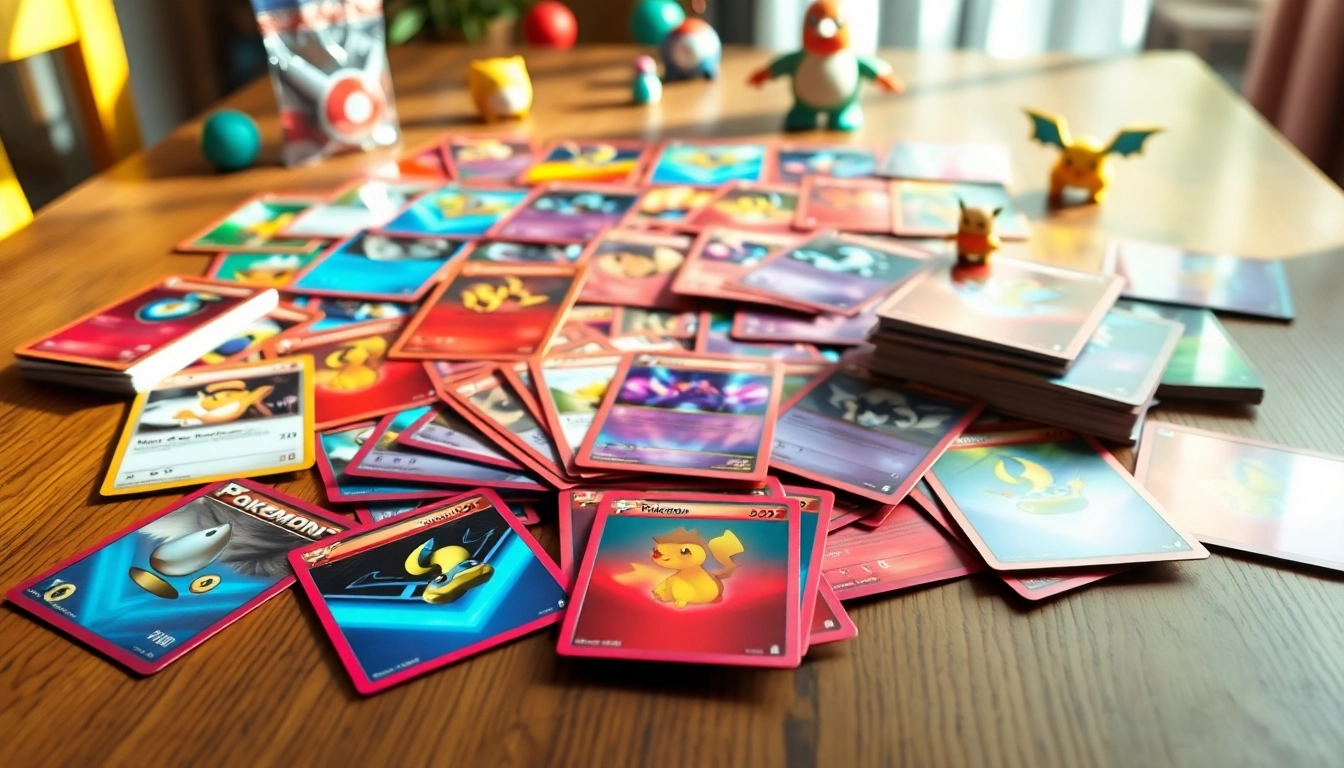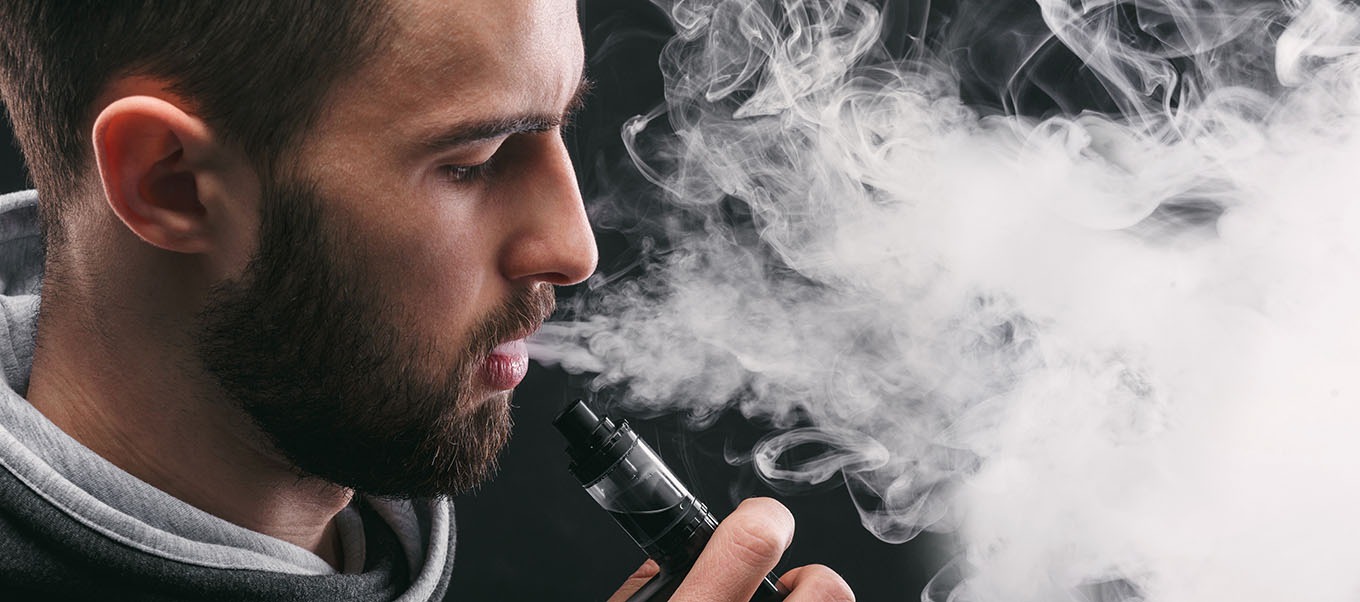Understanding Real Pokemon Cards
What Are Real Pokemon Cards?
Real Pokemon cards are collectible trading cards that form the basis of the Pokemon Trading Card Game (TCG). Produced by The Pokémon Company, these cards feature various fictional creatures known as “Pokemon” that players can battle within the game’s established rules. Unlike counterfeit cards, authentic Pokemon cards are subject to strict quality control measures, ensuring their durability, correct printing techniques, and accurate representations of the artwork. As a notable aspect of pop culture, the cards have become collectible items, boosting their value over time based on rarity, condition, and demand.
Why Collect Real Pokemon Cards?
There are numerous reasons to collect real Pokemon cards, ranging from emotional attachment to nostalgia and potential financial investment. For many, collecting begins in childhood, fueled by the excitement of trading cards with friends or playing the game itself. This sentimental value is often complemented by the thrill of discovering rare or elusive cards, turning collection into a passionate hobby.
Investing in real Pokemon cards has also gained traction, particularly due to the increasing value of certain cards. High-profile sales and auctions have demonstrated that a first edition holographic card or a graded PSA 10 card can fetch thousands of dollars. This duality of personal enjoyment and potential profit makes Pokemon card collecting appealing for various demographics.
Key Characteristics of Authentic Cards
Recognizing real Pokemon cards is essential for collectors to ensure they are investing in genuine items. Authentic cards exhibit several distinguishing features, such as:
- Weight and Feel: Genuine Pokemon cards have a specific weight and thickness. They are neither too light nor too heavy and have a distinct feel that is often smoother compared to fakes.
- Print Quality: Authentic cards display sharp, clear images and vibrant colors. Any blurriness or misalignment in the print could indicate a counterfeit.
- Holofoil: The holographic layer on certain cards should exhibit a specific shine that catches the light without looking overly reflective.
- Corner Rounding: Authentic cards have precisely rounded corners, while many fakes may have uneven edges.
- Serial Numbers and Rarity Markers: Certain cards feature serial numbers or rarity indicators which are typically missing or different in counterfeit versions.
How to Buy Real Pokemon Cards
Top Online Retailers for Real Pokemon Cards
With the surge in popularity of Pokemon cards, finding reliable sources to purchase real cards has become more important. Here are some reputable online retailers:
- Pokémon Official TCG Store: The official source for all things Pokemon TCG. This includes singles, sets, booster packs, and accessories.
- Cardmarket: Europe’s largest online marketplace for purchasing and selling Pokémon TCG cards, providing an extensive selection of singles and collector’s items.
- Amazon: A reliable source for purchasing Pokemon cards, with various sellers offering different styles of booster packs and collections.
- eBay: An established marketplace where collectors can buy and auction rare cards, but it is vital to verify seller ratings and authenticity before purchasing.
- Local Game Stores: Don’t underestimate local shops. Many carry a stock of real cards and provide an opportunity to engage with fellow collectors and players.
Buying Tips: Avoiding Scams
While the market is filled with chances to buy real Pokemon cards, it is equally rife with potential scams. To ensure a secure purchasing experience, consider the following tips:
- Research the Seller: Always check reviews and seller ratings, especially on platforms like eBay or Amazon.
- Verify Authenticity: If possible, request verification photos or look for cards that include proof of grading from reputable sources such as PSA or Beckett.
- Trust Your Instincts: If a deal seems too good to be true, it probably is. Be cautious of prices well below market value.
- Purchase from Reputable Sources: Whenever possible, buy from authorized retailers or well-reviewed online stores.
- Use Secure Payment Methods: Use payment methods that offer buyer protection, which signifies security if something goes wrong with the transaction.
Best Practices for Shopping Locally
When shopping for Pokemon cards in person, there are several tips to benefit your buying experience:
- Check Local Game Stores: Regularly visit your local game stores to see what products they have without engaging in online shipping costs.
- Attend Trading Events: Participate in local tournaments or trading events, where you can trade cards or buy packs directly from other collectors.
- Join a Community: Connect with other collectors in your area; they might provide leads on local shop sales or upcoming events.
- Inspect Before You Buy: When purchasing from flea markets or garage sales, always inspect cards for authenticity and condition before completing your purchase.
Identifying Real vs Fake Pokemon Cards
Common Signs of Fake Cards
As the demand for Pokemon cards has grown, so too have the tactics employed by counterfeiters. Common signs can help discern real from fake cards:
- Lightweight Feel: Fake cards often use lower quality materials, resulting in an unusually light feel.
- Poor Print Quality: Look for blurry images or incorrect text, which are significant indicators of falsified cards.
- Inconsistent Coloration: Fake cards may not replicate the vibrant colors seen in authentic cards and often exhibit off-color shades.
- Thickness Discrepancies: Real Pokemon cards have a uniform thickness; counterfeit cards may be either too thick or too thin.
- No Holographic Patterns: For holo cards, check if the holographic effects appear consistent; fake cards may lack these altogether.
Tools and Resources for Verification
Collectors and players alike can utilize various tools and resources to verify the authenticity of cards. Several are widely recommended:
- Blacklight Test: Authentic Pokemon cards feature a unique glow under blacklight due to the materials used, while counterfeit cards may show none.
- Comparison with Known Real Cards: Keeping a few verified authentic cards can serve as a direct comparison to validate new additions.
- Online Guides and Videos: Numerous online platforms provide visual guides on how to spot fake Pokemon cards; utilizing sites and forums dedicated to Pokemon TCG can be beneficial.
- Professional Grading Services: Consider sending high-value cards to grading companies that will provide a seal of authenticity.
Expert Tips from Collectors
Experienced collectors often share invaluable insights on identifying authentic cards. Some of their best advice includes:
- Join Collector Communities: Engage in discussions on platforms like Reddit or Discord; collectors frequently share tips for spotting fakes and trading safely.
- Trust Your Gut: If something feels off about a transaction, do not proceed. There are always more opportunities to buy genuine items.
- Attend Conventions: Participate in local and international gaming conventions where authenticated cards are showcased; this offers great learning opportunities.
- Never Rush a Purchase: Take your time evaluating cards and their prices; rushing can lead to overlooking critical signs of fake products.
Building Your Real Pokemon Card Collection
Essential Starter Sets and Rare Cards
A successful Pokemon card collection often begins with acquiring essential starter sets and rare finds. Essential starter sets, such as the Base Set and Neo Series, contain a range of foundational Pokémon that are vital for any new collector. Additionally, rare cards like first edition holographic Charizard or Pikachu Illustrator not only serve as excellent conversation starters but are also valuable investments.
When beginning your collection, consider creating a checklist of cards you want to obtain. This could include:
- Starter decks for gameplay.
- Booster packs to expand your selection.
- Special editions or promotional cards.
- Playmat and accessories to protect your game area.
Strategies for Trading and Selling
Once you have a collection built, trading or selling your cards can offer an opportunity to obtain new cards or even make a profit. Here are strategies to effectively trade and sell:
- Know Your Cards’ Values: Utilize databases and market trend sites to understand your cards’ values for informed trading or selling.
- Use Trusted Platforms: Platforms specifically constructed for trading cards, like TCGPlayer and Cardmarket, provide secure environments for transactions.
- Trade Shows and Collector Meetups: Attend events where you can trade face-to-face. Networking with fellow enthusiasts can provide better deals than online transactions.
- Condition Matters: Ensure your cards are kept in mint condition, as this significantly impacts their value.
Maintaining Card Condition
Protecting your collection is crucial to preserve its value. Adhere to the following maintenance practices:
- Use Protective Sleeves: Place cards in high-quality sleeves to keep them safe from dirt and damage.
- Store Flat: Avoid bending or folding cards; they should be stored flat in a binder or cardbox.
- Keep Away from Light and Humidity: Store cards in a cool, dry place, as exposure to sunlight can fade colors, and humidity can warp materials.
- Regular Checks: Periodically inspect your collection to ensure that cards maintain their condition.
Community Insights and Resources
Connecting with Other Collectors
Building connections within the Pokemon card community can enrich your collecting experience. Engaging with others allows for sharing knowledge, trading cards, and even participating in group buy-ins on high-value items.
Platforms such as social media, local clubs, and online forums facilitate interaction with like-minded collectors. Your local gaming store may also host tournaments, further connecting you with fellow enthusiasts.
Online Forums and Social Media Groups
Online communities can significantly enhance your collecting experience. Popular forums and social media pages, such as Reddit’s Pokémon TCG community, allow users to share images, trade cards, and ask for advice on upcoming card releases.
Additionally, join Facebook groups specific to your region or preferences where collectors discuss the latest trends, tips, and events in the Pokémon card world. Make sure to contribute and learn from these active communities.
Upcoming Events for Pokemon Enthusiasts
Lastly, attending events is an exciting way to participate in the Pokemon card community. Internationally recognized events, such as Pokemon World Championships and local conventions, often feature trading activities, workshops, and gaming tournaments. Keeping track of upcoming events through social media or event platforms can lead to great experiences and opportunities to meet fellow collectors.




